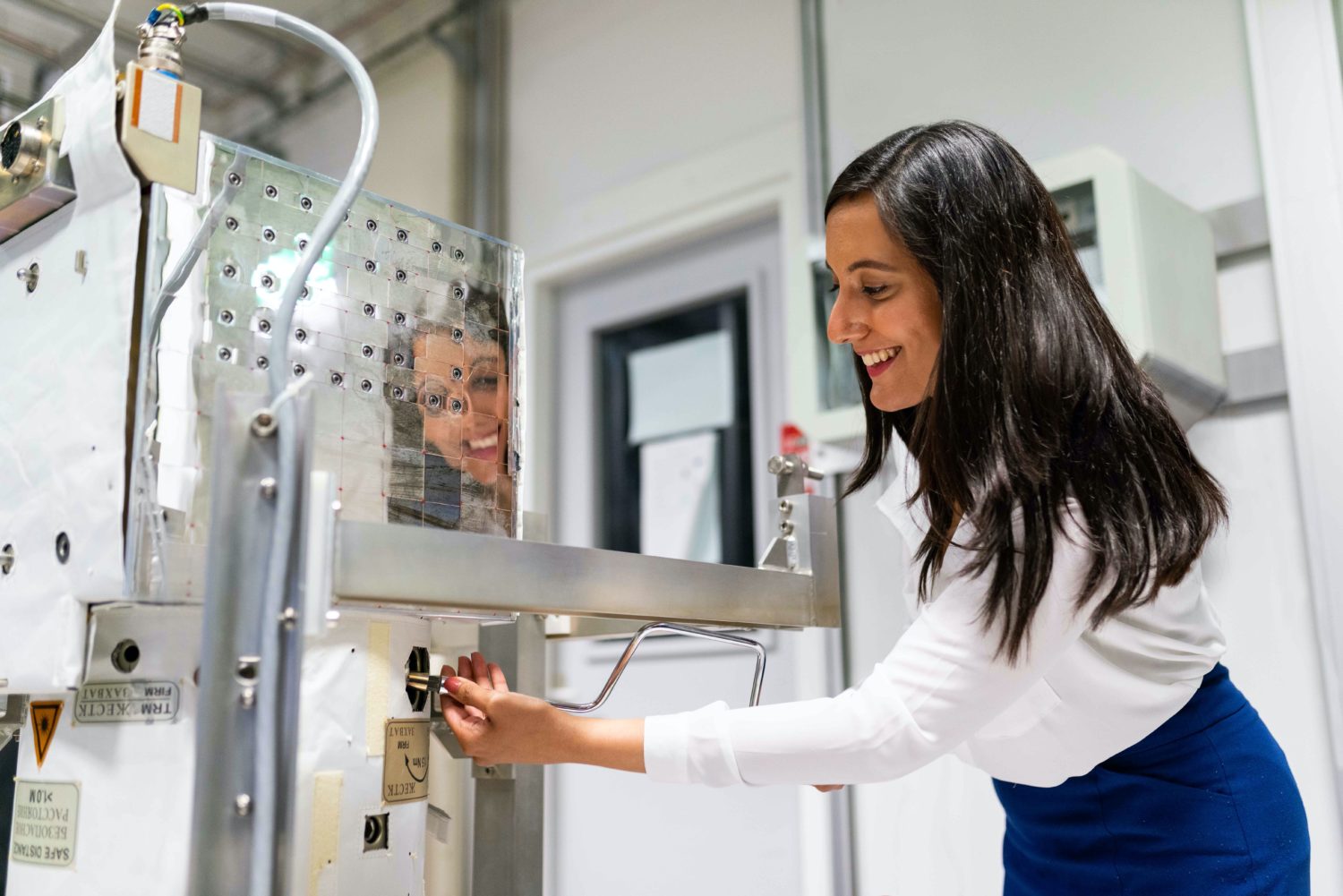When it comes to the high stakes of the aerospace industry, the type of cleanroom you choose matters. Your cleanroom structure defines the layout of your space and determines the level of control you can achieve over environmental factors like temperature, humidity, static, and pressure — and therefore whether you’re able to meet your cleanroom classification. It could also mean the difference for product safety, project flexibility, energy efficiency, and manageable operating costs.
In short, your cleanroom structure is, well, everything.
For aerospace cleanrooms, the level of control needed can be met with a HardWall or RigidWall cleanroom. While both may reach the cleanroom classification your application requires, there are differences between the two cleanroom types that could make one a better choice for you.
HardWall vs. Rigidwall Aerospace Cleanrooms
The decision between HardWall vs. RigidWall cleanrooms boils down to a few main aspects. The first and most critical aspect is how well the cleanroom can comply with the required classification. If you can’t comfortably meet this fundamental requirement, it could sacrifice your entire project. Secondly, you should also consider the adaptability of the cleanroom design to meet your industry’s needs, including specific requirements for your application, such as the equipment you’re using and other special features that are important to you. Finally, we have to compare how well the cleanroom holds up over time — not only considering its strength and durability but also how it can grow with you as your work evolves.
In aerospace cleanrooms, all of these aspects are important to a successful operation. Let’s take a closer look at HardWall vs. RigidWall aerospace cleanrooms to determine which is the best fit for your application.
HardWall Cleanrooms
HardWall cleanrooms are made of prefabricated, modular panels. Depending on your application’s unique requirements and your cleanroom classification, your HardWall cleanroom design will include everything you need to get your project up and running.
HardWall Cleanroom Classifications
HardWall cleanrooms can comply with any cleanroom classification, even the most stringent possible standards of ISO Class 1. This cleanroom type can achieve extreme environmental control beyond particle count and air changes. In addition to management of temperature, static, and humidity, HardWall cleanrooms can be pressurized for extra contaminant protection. This cleanroom type will be able to meet the needs of any aerospace application.
HardWall Cleanroom Design
HardWall cleanrooms can be freestanding or incorporated into an existing building structure. Made using a coated aluminum frame with a prefabricated panel, HardWall modular cleanroom panels are constructed with high-quality materials to ensure control over contaminants while not introducing any contaminants themselves. They can be also installed around mounted equipment, use light from your building’s windows, and can even connect to an existing HVAC system. This feature of adaptability is especially useful in aerospace cleanrooms where oversize elements can limit design options. In addition, the modular cleanroom panels are fully modifiable to meet your application’s specific needs and requirements.
HardWall Cleanroom Durability
Heavy-duty HardWall cleanroom panels are built to last. Because they’re modular, HardWall cleanrooms can be rearranged, expanded, or condensed as your project needs change. Modifying, reconfiguring, or reusing your HardWall panels will not sacrifice their quality. They will continue to perform to your classification requirements with little maintenance required beyond your regular cleaning protocols.
RigidWall Cleanrooms
Unlike the utilitarian HardWall panels, RigidWalls are sleek and minimalist. Flat, clear panels allow easier monitoring of the cleanroom while also creating an attractive frame to show off your work to investors.
RigidWall Cleanroom Classifications
While RigidWall cleanrooms are able to meet the needs of many cleanrooms, they’re best suited for those with ISO Class 5-8 standards.
RigidWall Cleanroom Design
With your choice of acrylic, static-dissipative PVC, or polycarbonate wall panels, a RigidWall cleanroom will house your operations in a transparent, attractive style. RigidWall panels can be customized in size with heights up to 7-14 feet, and come pre-wired with outlets and switches to control lighting, fans, and equipment.
RigidWall Cleanroom Durability
RigidWall cleanrooms have a durability comparable to HardWall cleanrooms, and can offer slightly more flexibility and layout options. RigidWalls can be modified with some effort, or easily stored if you need to free space for something else. Panels are suspended from a strong ceiling grid which, when fully-secured, means the panels will maintain their shape and integrity over time. However, due to their minimalist design, they have fewer available features than HardWall panels.
If you’re still unsure whether a Hardwall vs. Rigidwall cleanroom is best for your aerospace application, talk to an expert. Taking a close look at your cleanroom classification and your facility’s requirements, an experienced cleanroom designer can help create the ideal space for your application, complete with everything you need to make your work a success.
Looking for a top-quality HardWall or RigidWall cleanroom for your aerospace application? Talk to a cleanroom design expert at Angstrom Technology. Our RigidWall and HardWall modular cleanrooms are high-performance cleanrooms that give you full control over your environment. Angstrom Technology cleanroom design experts can work with you and your cleanroom requirements to design the best modular cleanroom for your work.


